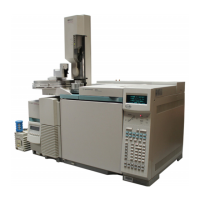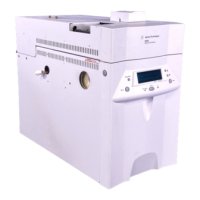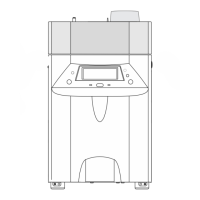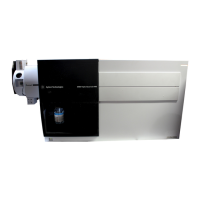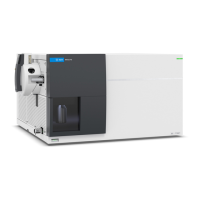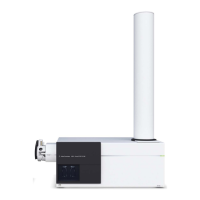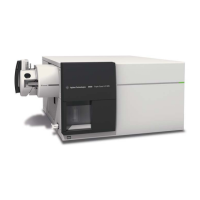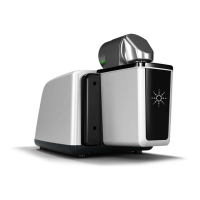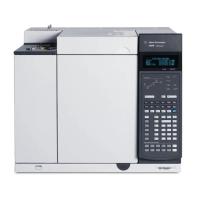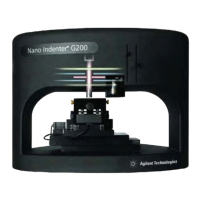Flow and Pressure Control Part 3. Measuring flow rates
Measuring flow rates with a bubble meter
76
Part 3. Measuring flow rates
This section describes how to measure flow rates in the GC and how to convert
the measurements to the conditions used by the GC. If your GC uses EPC, please
note that the flow and pressure sensors in the GC are often more accurate than
off the shelf, inexpensive flow meters. If you can establish a calibrated flow or
pressure in the GC, a measurement that agrees with the GC within a few percent
(after conversion to NTP; see page 79) should verify the GC’s manifolds are
operating properly and do not need replacement
Measuring flow rates with a bubble meter
A bubble flow meter is a very basic, reliable tool for measuring gas flow. It
creates a bubble meniscus across a tube through which the gas is flowing. The
meniscus acts as a barrier, and its motion reflects the speed of the gas through
the tube. Most bubble flow meters have sections of different diameters so they
can measure a wide range of flows conveniently.
A bubble flow meter with rate ranges of 1, 10, and 100 mL/min is suitable for
measuring both low flow rates (such as carrier gases) and higher flow rates
(such as air for an FID).
Figure 15 A three-volume bubble meter
Start
1 mL
10 mL
100 mL
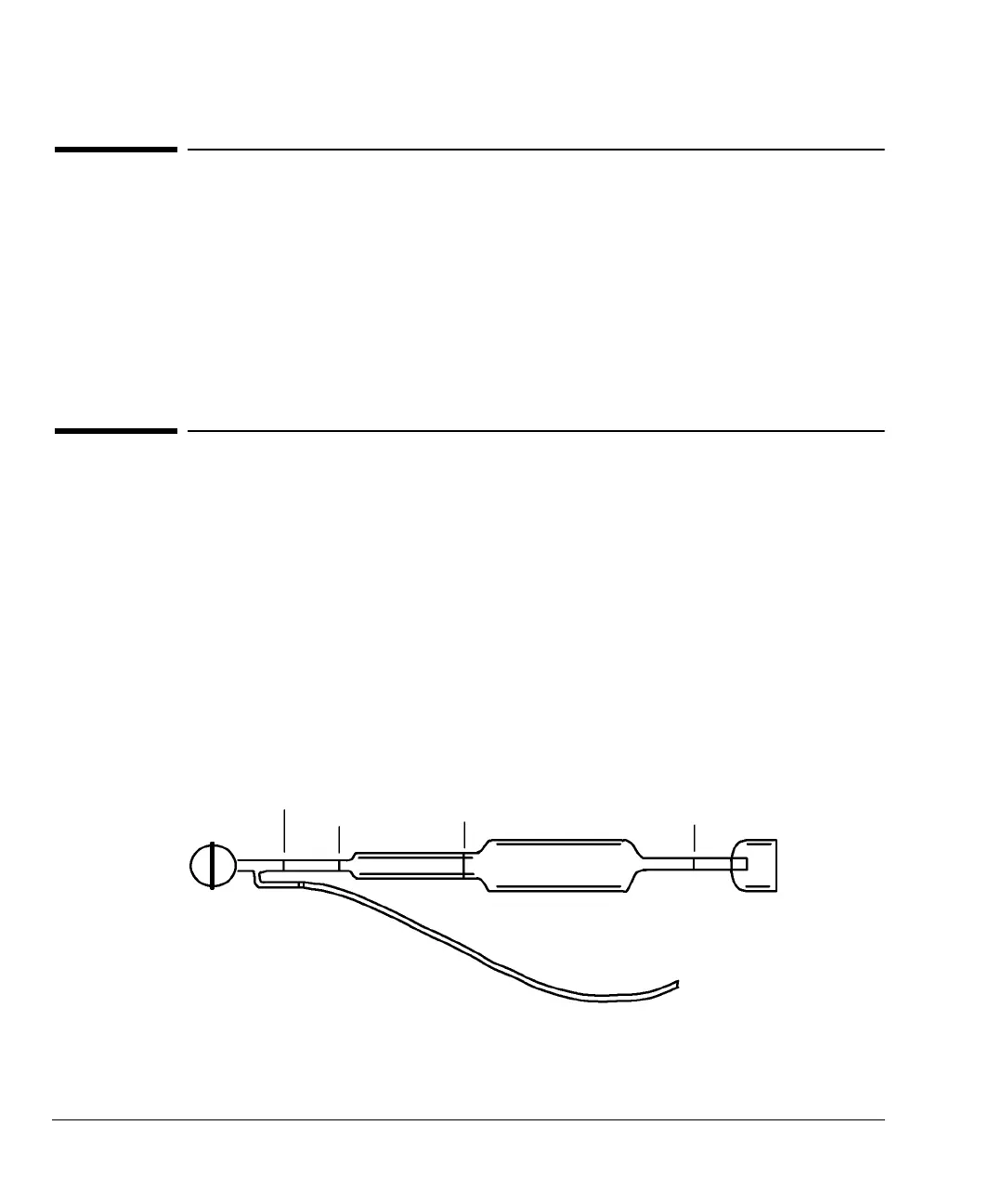